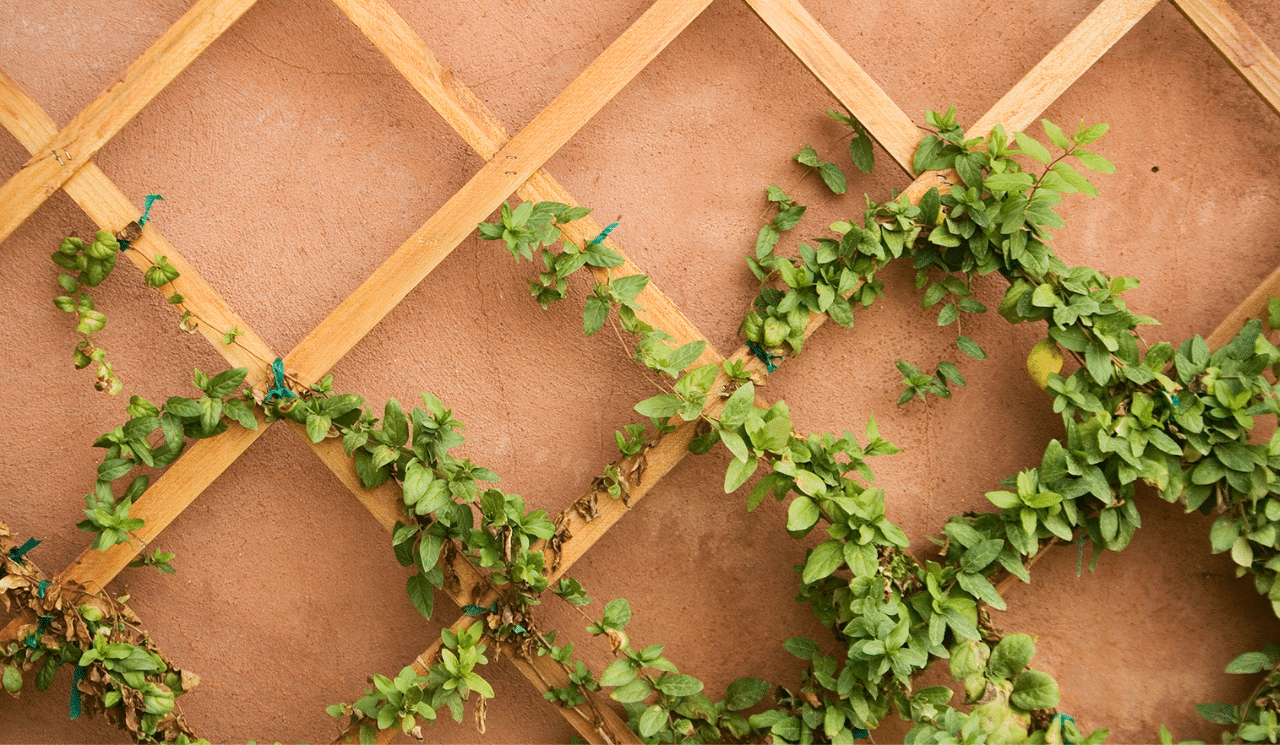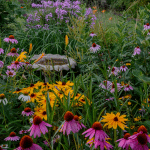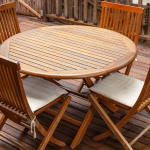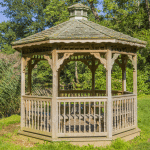Looking to enhance your garden’s aesthetic appeal? One easy and low-maintenance way to achieve this is through the use of vines. They look great on almost anything and can quickly cover an eyesore such as a fence or separator. However, with so many types of vines available, it’s essential to choose the right one for your particular situation. In this article, we will explore the different types of vines and their uses, to help you make an informed decision and create a beautiful garden.
Ground Vines
Ground vines are perfect if you’re looking for a hardy ground cover. They grow fast and strong, inching their way along the ground. These types of vines are very easy to direct, making them perfect for creating a border around your garden or weaving in and out of your plants. They are also resistant to being stepped on, making them a leafy and attractive alternative to grass.
Twining Vines
Twining vines climb by sending out small tendrils to loop around whatever is nearby. They require a lattice or equally porous surface to climb up, making them ideal for climbing up trees or mesh. During their early stages, twining vines need more guidance, but once they have taken hold, they will go wherever you want them to.
Adhesive Tip Vines
Vines with small tendrils that have adhesive tips can be blended into the very architecture of your house. They can attach themselves to almost any surface, making them perfect for camouflaging unsightly walls. However, it’s essential to monitor their growth to prevent them from getting out of control.
Ivy
Ivy is a versatile vine that can fill in for pretty much anything. It makes a great ground cover and will grow up about any surface you put it on. However, it’s not recommended to grow Ivy up your house. Although it grows quickly and strongly, it has been known to deteriorate buildings over time.

Tips for Using Vines in Your Garden
- Do your research beforehand and find out about any negative qualities the vine has, such as Ivy’s ability to destroy buildings.
- Consider the amount of sunlight your chosen vine will receive in your garden. Some vines thrive in full sun, while others prefer the shade.
- Choose a vine that is appropriate for the size of the space you want to fill. Some vines can grow very large, while others are more compact.
- Be patient when waiting for your vines to grow. Some vines can take a while to establish themselves and start growing vigorously.
- Monitor the growth of your vines to prevent them from becoming out of control and damaging other plants or structures in your garden.
- In conclusion, using vines in your garden is an excellent way to add visual interest and depth to your outdoor space. By following the above tips, you can choose the right type of vine for your garden and create a beautiful and inviting space to relax and enjoy.
In conclusion, using vines in your garden is an excellent way to add visual interest and depth to your outdoor space. By following the above tips, you can choose the right type of vine for your garden and create a beautiful and inviting space to relax and enjoy.





